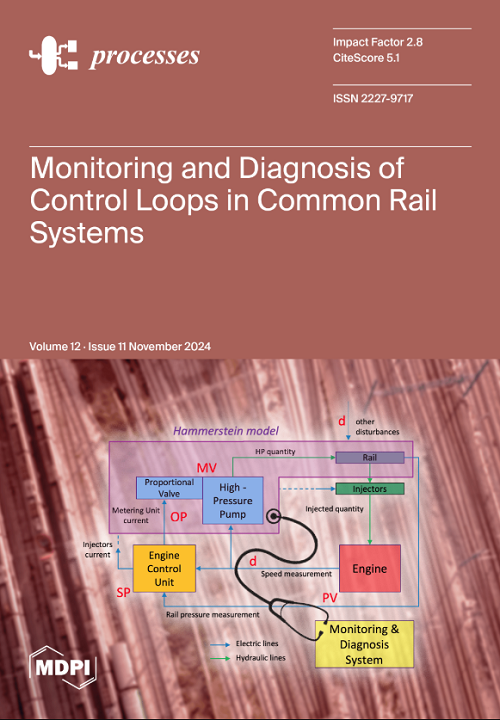屠宰场废水的特性及处理技术的发展
IF 2.8
4区 工程技术
Q2 ENGINEERING, CHEMICAL
引用次数: 12
摘要
由于屠宰和屠宰设施清洁过程中产生的大量废水,肉类加工行业的商业化已成为农业企业面临的主要挑战之一。屠宰场废水(SWW)含有蛋白质、脂肪、高有机物含量、微生物和其他新出现的污染物(药物和兽医残留物)。重要的是首先对废水进行表征,以便可以采用适当的处理技术,从而使该废水的排放不会对环境产生负面影响。屠宰场废水的常规表征主要参数包括pH、颜色、浊度、生化需氧量(BOD)、化学需氧量(COD)、总有机碳(TOC)、总悬浮固体(TSS)、总氮(TN)、总磷(TP)和大肠菌群计数。通过鉴定抗生素抗性菌株的毒性,进行了表征研究,揭示了污染物对SWW微生物活性的影响。由于其高强度特性和复杂的难降解污染物,通过厌氧消化和高级氧化等联合工艺处理技术比单独方法更有效。因此,有必要探索和评估创新的处理方法和技术,以全面总结可以降低屠宰场废水对环境毒性的工艺。这项工作对SWW的表征、创新的处理方法和技术以及未来研究的关键评估的最新研究进行了综述。本文章由计算机程序翻译,如有差异,请以英文原文为准。
Characterization of Slaughterhouse Wastewater and Development of Treatment Techniques: A Review
Commercialization in the meat-processing industry has emerged as one of the major agrobusiness challenges due to the large volume of wastewater produced during slaughtering and cleaning of slaughtering facilities. Slaughterhouse wastewater (SWW) contains proteins, fats, high organic contents, microbes, and other emerging pollutants (pharmaceutical and veterinary residues). It is important to first characterize the wastewater so that adequate treatment techniques can be employed so that discharge of this wastewater does not negatively impact the environment. Conventional characterization bulk parameters of slaughterhouse wastewater include pH, color, turbidity, biochemical oxygen demand (BOD), chemical oxygen demand (COD), total organic carbon (TOC), total suspended solids (TSS), total nitrogen (TN), total phosphorus (TP), and coliform counts. Characterization studies conducted have revealed the effects of the pollutants on microbial activity of SWW through identification of toxicity of antibiotic-resistant strains of bacteria. Due to the high-strength characteristics and complex recalcitrant pollutants, treatment techniques through combined processes such as anaerobic digestion coupled with advanced oxidation process were found to be more effective than stand-alone methods. Hence, there is need to explore and evaluate innovative treatments and techniques to provide a comprehensive summary of processes that can reduce the toxicity of slaughterhouse wastewater to the environment. This work presents a review of recent studies on the characterization of SWW, innovative treatments and technologies, and critical assessment for future research.
求助全文
通过发布文献求助,成功后即可免费获取论文全文。
去求助
来源期刊

Processes
Chemical Engineering-Bioengineering
CiteScore
5.10
自引率
11.40%
发文量
2239
审稿时长
14.11 days
期刊介绍:
Processes (ISSN 2227-9717) provides an advanced forum for process related research in chemistry, biology and allied engineering fields. The journal publishes regular research papers, communications, letters, short notes and reviews. Our aim is to encourage researchers to publish their experimental, theoretical and computational results in as much detail as necessary. There is no restriction on paper length or number of figures and tables.
 求助内容:
求助内容: 应助结果提醒方式:
应助结果提醒方式:


